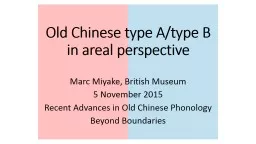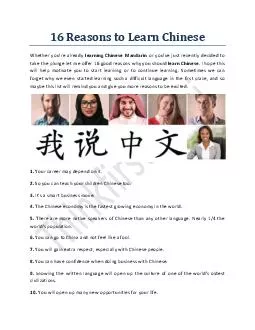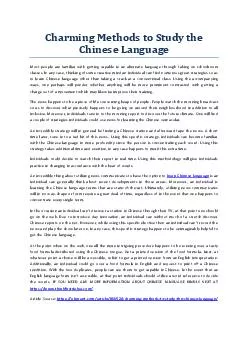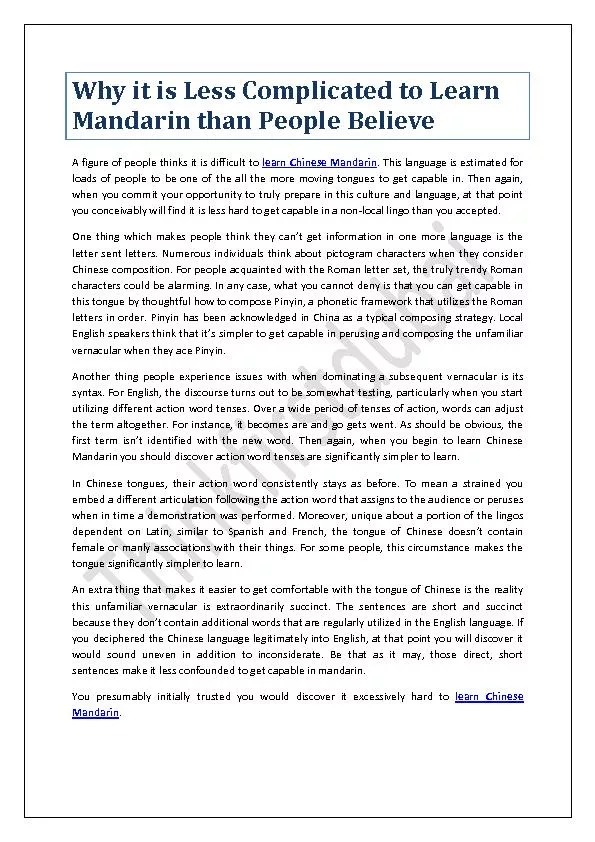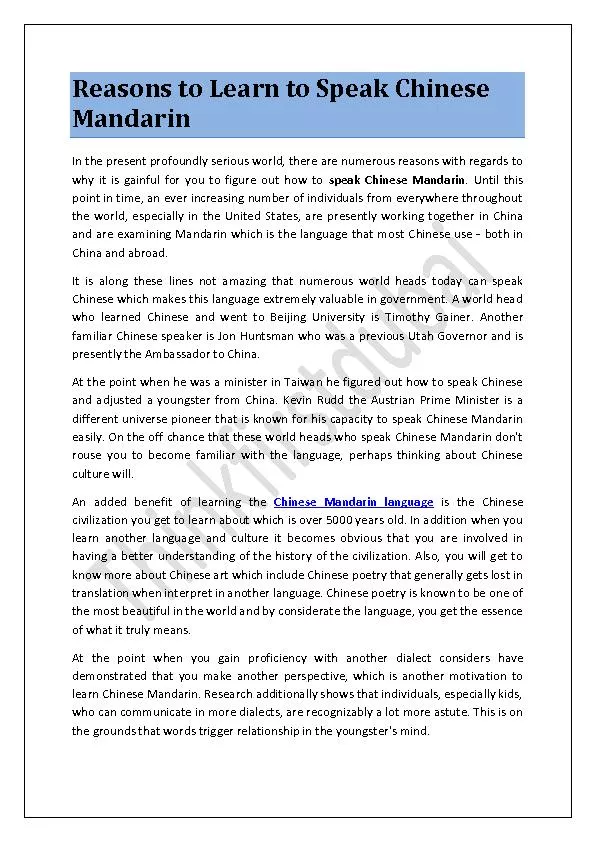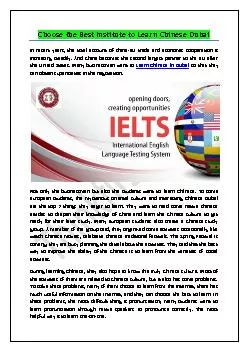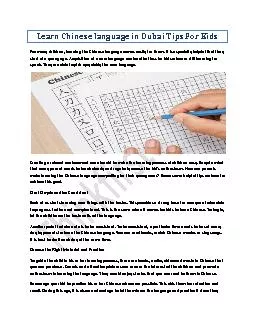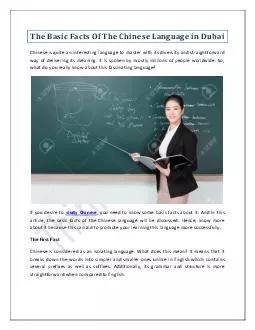PPT-Old Chinese type A/type B
Author : ellena-manuel | Published Date : 2016-09-09
in areal perspective Marc Miyake British Museum 5 November 2015 Recent Advances in Old Chinese Phonology Beyond Boundaries Part 1 The Maltese key The background
Presentation Embed Code
Download Presentation
Download Presentation The PPT/PDF document "Old Chinese type A/type B" is the property of its rightful owner. Permission is granted to download and print the materials on this website for personal, non-commercial use only, and to display it on your personal computer provided you do not modify the materials and that you retain all copyright notices contained in the materials. By downloading content from our website, you accept the terms of this agreement.
Old Chinese type A/type B: Transcript
Download Rules Of Document
"Old Chinese type A/type B"The content belongs to its owner. You may download and print it for personal use, without modification, and keep all copyright notices. By downloading, you agree to these terms.
Related Documents

